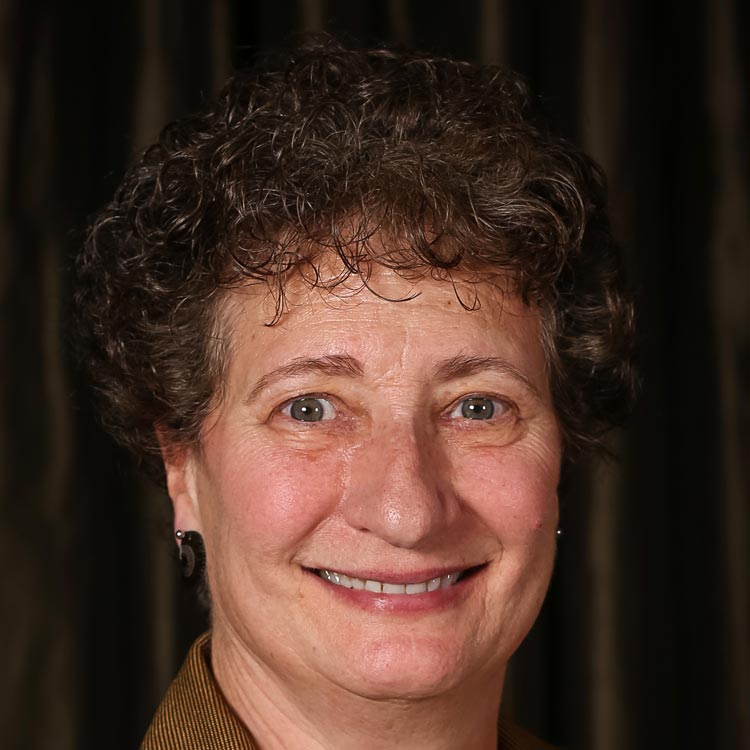Can Copyright in Software Extend to its Output?

Courts have recently been asked to address whether or not copyright rights in a software program extend to the output data files. To the extent a business or other entity relies on the output of one or more third-party software programs in the design, creation, implementation, manufacture, distribution and/or provision of its products and/or services, it may be helpful and informative to consider two recent cases.
In Design Data Corp. v. Unigate Enterprise, Inc., 847 F.3d 1169 (9th Cir. 2017), the Ninth Circuit affirmed the granting of summary judgment to dismiss a claim regarding the output of Design Data Corp.’s SDS/2 software program. The Ninth Circuit found that Design Data, as the copyright owner of CAD software used to design steel components, did not own the output data – the 3D models of the steel components that were created by users of the software. The court noted, without deciding, that in at least one other case, Torah Soft Ltd. v. Drosnin, 136 F. Supp. 2d 276, 283 (S.D.N.Y. 2001), it was suggested that copyright protection afforded to the computer program may also extend to the output files if the program does the “lion’s share of the work” in creating the output files and the user’s input is “marginal.” The Ninth Circuit found it did not have to decide whether or not to adopt this rule because it concluded that even assuming the most favorable legal authority applied, Design Data had not established that the SDS/2 program did the “lion’s share of the work” in creating the job files and images located on Unigate’s computers, nor that the user’s participation in creating the output files was “marginal.”
Similarly, in Rearden LLC v. Walt Disney Co., 293 F. Supp. 3d 963 (N.D. Cal. 2018), Rearden alleged in its original complaint that Disney, Fox and Paramount’s movies and computer-generated (CG) characters in those movies were derivative works of its MOVA Contour software program. Although none of Rearden’s code was used in the movies, the MOVA software was used to create photorealistic computer graphic effects in films such as Guardians of the Galaxy, Deadpool, Night at the Museum and for de-aging Brad Pitt in The Curious Case of Benjamin Button. Rearden alleged that its copyright in the software program extended to the MOVA Contour “output files” that were used in the process of creating the CG characters in the movies, and that the CG characters were “derivative works” of those output data files (for example, skin texture, makeup pattern, captured surface, and tracking mesh). The court cited Design Data in analyzing whether or not the program did the “lion’s share” of operations required to create output. The studios pointed to the substantial creative input by its actors and directors, and they prevailed. “The Court does not find it plausible that the MOVA Contour output is created by the program without any substantial contribution from the actors or directors” as “[u]nquestionably, the MOVA program does a significant amount of work to transform the two dimensional information captured on camera into three dimensional Captured Surface and Tracking Mesh outputs. But this cannot be enough since all computer programs take inputs and turn them into outputs.”
However, please note that the above cases involved analyses under U.S. copyright law without consideration of any purported posted notices, license agreement terms, End User License Agreements (EULAs), Terms of Use (ToU) or Terms of Service (ToS), whether posted or “click – agreed”, before or after downloading the software. For example, a software license agreement with a clause claiming ownership and control of the output files would, in addition to the above issues, need to be analyzed under the Copyright Act’s preemption clause, 17 U.S.C. Section 301 (preempts and abolishes any rights under state common law or statutes that are equivalent to copyright and that extend to works coming within the scope of the U.S. Copyright Act). Additionally, if the preemption analysis doesn’t bar claims of copyright/derivative work ownership in the output, the method of acceptance of the license terms/EULA/ToS/ToU (i.e., posted without agreement by the user – or – click-agreed with sufficient notice) would need to be analyzed to determine whether a clause claiming ownership of a software program’s output was properly accepted and is enforceable.
Peggy A. Miller is admitted to practice in New York. This article is a publication of MWH Law Group LLP and is intended to provide general information regarding legal issues and developments to our clients and other friends. It should not be construed as legal advice or a legal opinion on any specific facts or situations. For further information on your own situation, we encourage you to contact the author of the article or any other member of the firm.
© Peggy A. Miller and MWH Law Group LLP 2019. All rights reserved.
CONTACT ATTORNEY PEGGY A. MILLER

PEGGY A. MILLER
Senior Counsel, New York
P: (914) 751-6279
E: peggy.miller@mwhlawgroup.com
Connect on LinkedIn | Download Attorney Biography

